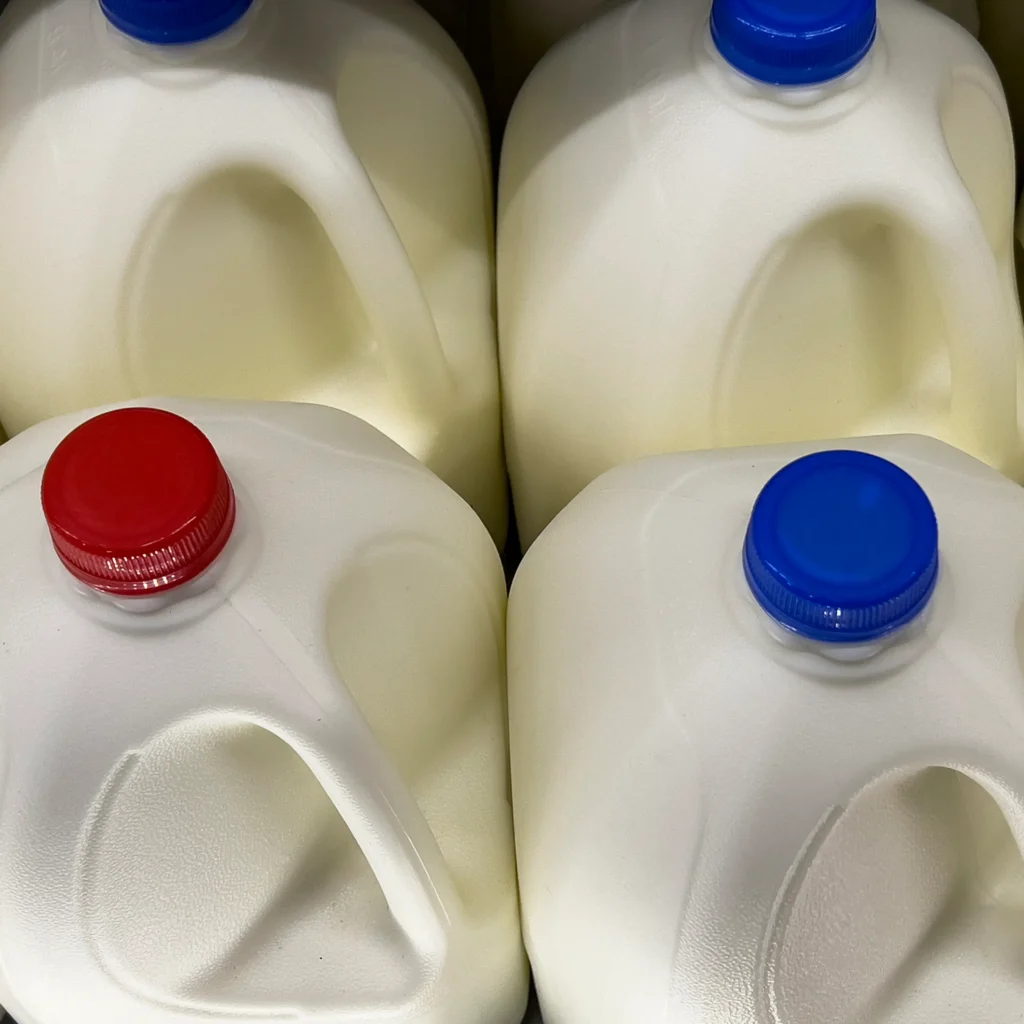The U.S. Environmental Protection Agency on March 3 released for public comment its Draft Final Guidelines for Cancer Risk Assessment and a Supplemental Guidance for Assessing Early-Life Exposure to Carcinogens.
According to EPA, the guidances represent “an important step in EPA’s revision of cancer risk assessment guidelines first published in 1986. These guidelines provide a framework for EPA scientists to assess possible cancer risks from exposures to environmental pollutants.”
“Children represent 25 percent of our population, but 100 percent of our future,” said EPA Administrator Christie Whitman in issuing the guidances. “EPA is committed to working with all of our federal partners to ensure that our kids’ water is safe to drink, they have clean air to breathe, and the land that they play on is free of pollution.”
“We have no higher priority than the health and well-being of our children,” agreed Tommy Thompson, secretary of the Department of Health and Human Services. “Working together, the President and his administration are putting prevention first in our efforts to strengthen the environment for our children so they won’t suffer from asthma, painful injuries, or other preventable diseases.”
EPA Science Questioned
EPA reports the updated guidances are necessary “in light of significant advances in scientific understanding of how cancer may be caused.”
The American Council on Science and Health (ACSH), a consumer education consortium of physicians, scientists, and policy advisors, nevertheless expressed dismay at the lack of scientific input into the new guidances. According to ACSH, “the proposed EPA ‘cancer prevention’ proposal is inherently flawed because it is based on assumptions that have no basis in scientific reality.
“There is no evidence,” according to ACSH, “that exposure to trace levels of chemicals in the environment–whether they are ‘carcinogens’ or not–contribute to the toll of human cancer in the United States. It is ludicrous to attempt to quantitate the level of a risk that is not known to exist.”
Moreover, ACSH contends, “it is counterintuitive to argue, as EPA does, that the risk of cancer in those exposed to these environmental chemicals is ‘up to 10 times greater in children than in adults.’ Obviously, if the risk posed to adults is zero, the postulated ‘elevated’ risk for children would be ten times zero: also zero.”
ACSH called on EPA to consult with scientists at the National Cancer Institute (NCI) before issuing final guidances. “There is no evidence that EPA consulted with the NCI or other experts on the established risk factors for human cancer,” ACSH noted. “The NCI is the foremost authority on cancer etiology in the United States–and perhaps the world. Unlike EPA, the staff of the NCI is replete with physicians and scientists whose expertise is cancer epidemiology–the study of the causes and distribution of human cancer.”
ACSH predicted the NCI would tell EPA “there is no evidence that trace levels of environmental chemicals pose a risk of human cancer.” Thus, said ACSH, “the current EPA plan to undertake ‘risk assessment’ for trace chemical ‘carcinogens’ is a pursuit without any scientific merit–a pursuit that will have no impact whatsoever on the reduction of cancer risk in either children or adults.”
Politically Motivated Scares
“The human body has numerous mechanisms built in to deal with environmental chemicals,” said ACSH President Dr. Elizabeth Whelan. “Americans are constantly being bombarded with warnings about dire health consequences from traces of environmental chemicals. But, in truth, many of these warnings simply relate to evidence of exposure, not to any demonstrated adverse effects on health.
“Merely because a substance can be detected does not mean it poses any real risk to health,” she continued. “Indeed, there are almost no studies documenting an adverse human health effect due to trace levels of chemicals.”
Whelan warned that politics and ideology appear to be winning out over science in debates over what measures, if any, need to be taken to protect children from exposure to chemicals in the environment.
“We are at a juncture where emotion, fear, and uncertainty compete with scientific data, toxicological principles, and principles of risk analysis,” she noted. “Most often, these campaigns are an effort to promote legislation, regulation, and litigation that is based not in science, but rather in a political agenda opposed to technology, free markets, and scientific progress.”
For more information …
EPA will accept public comments on its proposed cancer guidances through June 2, 2003. To read the guidances or submit comments, use EPA’s EDocket Web site at http://cascade.epa.gov/RightSite/dk_public_home.htm. Choose Docket #OAR-2003-0008.



